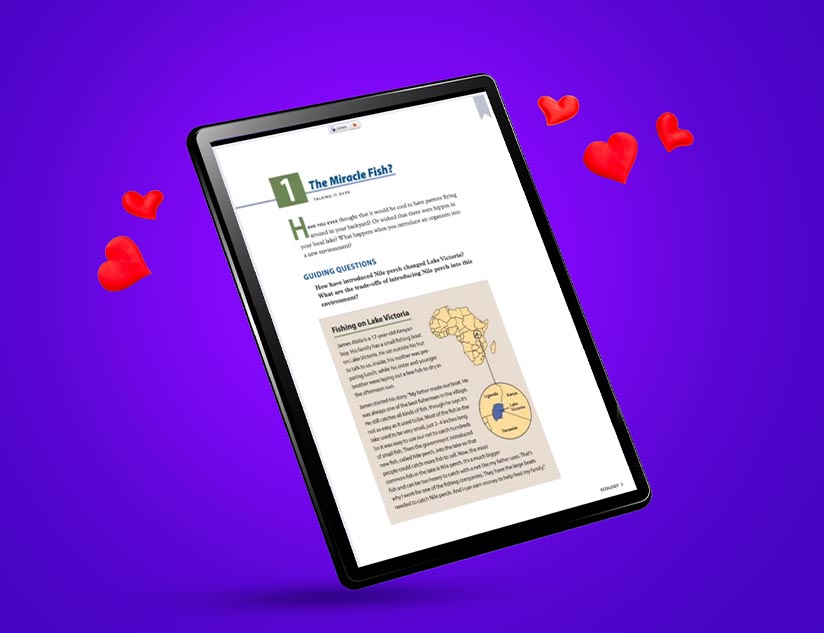How Publishers Can Maximize Monetization with a Digital Publishing Platform
March 8th, 2021
The world today thrives within a digital ecosystem. By January 2020, 298 million new users had started using the internet, taking the total people using the World Wide Web to 4.54 billion. Of these, 3.5 billion accessed the internet on smartphones. Then came the COVID-19 pandemic, which sent millions more to online solutions for almost everything, from groceries to education. The digital ecosystem, therefore, presents a huge opportunity for publishers to not only increase the reach of their content, but do so in an effective and profitable manner.
Digital content strategy has been a boon for the publishing industry for monetization purposes as well as audience segmentation. Data science tools now allow publishers to evaluate readers’ data for better targeting and personalization of content. We are not only talking about young and dynamic online companies finding creative solutions to gain interest of the online fiction and non-fiction readers. Traditional textbook publishers are also reaping the benefits of going digital.
A Way to Cost-Effective Publishing
When conversations about college affordability take place, the focus lies on tuition fees. However, the cost of books has risen tremendously as well. For instance, a report by the US Bureau of Labor Statistics revealed that while college education costs had risen 63%, textbook costs had gone up by 88% between 2006 and 2016. This creates problems for students from low-income households, who cannot access such expensive learning materials.
It’s a known fact that the cost of printing textbooks is high due to inefficient manufacturing processes and inaccurate forecasting. This leads to increased lifecycle costs of warehousing. Moreover, returned books add on to inventory and wastage pushes costs higher.
Publishers today want more efficient business practices, while simultaneously producing more titles by different authors. Digital publishing can help eliminate the huge costs associated with designing, printing, warehousing, distribution and other charges involved in traditional publishing. For instance, a robust course authoring tool that offers in-built themes and templates, while making it easy to add text content and integrate multimedia, can save publishers from investing huge in-house resources.
With advances in EdTech, content creation and distribution has become much easier and more intuitive as well. An eLearning and content distribution platform, like MagicBox™, which offers a white label eCommerce store, can help publishers seamlessly monetize their content, without needing a separate solution to do so. This again makes the entire exercise more efficient, monetarily and otherwise.
Expanding the Reader Base and Diversifying Monetization Models
Online content is boundaryless, unlike print publications that might have limited circulation. Digital publishing is not all about eBooks but can take the form of newsletters, journals, research reports, whitepapers and much more. Publishers who seek new ways to reach readers can find a variety of formats to cater to the needs and desires of their readers.
Furthermore, mobile-friendly platforms increase the opportunities to showcase their content in an immersive and user-friendly manner. They can add multiple interactive elements to make the publication more appealing to readers. For instance, the AI-powered chatbot, which acts as a personal learning assistant, answering questions and recommending relevant content.
It is predicted that by 2023, there will be more than 8 billion digital voice assistants in use, the majority of which will be enabled on smartphones. This means that web browsing will be increasingly done through voice assistants. The proliferation of such features is an important trend for all digital publishers, who can capture it to maximize content discoverability and engage their reader base.
Power of Data in Business Decisions and Marketing
A key part of efficient sales is understanding the needs and pain points of your customers. In a traditional publishing business model, it can be a huge task to collate data and analyze it to make informed business decisions. By the time a publisher understands consumption patterns, the needs of the customer base might have changed completely, making the whole exercise a waste of time, effort and money.
On the other hand, a digital publishing platform with a robust analytics engine can help publishers track user behavior, content consumption patterns, time spent of specific titles or forms of content, etc. With customized analytic reports, they can then make informed, data-driven business decisions and respond to user needs with agility.
Solving the Digital Rights Management Challenge
While digital publishing solves many issues traditional print publishers face, content piracy is a challenge that persists in the digital world. This is where an eLearning platform that offers robust digital management tools can be of huge help. For instance, MagicBox™ ensures protection for publishers and authors by preventing screen grabbing, copying or printing of digital content. It also ensures that users can only access content through subscriptions and licenses, which can be limited by time, number of devices and more.
With support for different types of subscription and licensing models, publishers can protect their content, while ensuring compliance with the latest industry standards. Multiple types of content formats can be sold and distributed safely across multiple types of devices.
In addition, with the carefully curated features for publishers, MagicBox™ is an end-to-end publishing and next-generation content distribution platform that can help cut time to market by up to 40%, which also helps with optimal monetization.
Do you want to give your publishing business an edge with robust digital tools? Contact us to learn more.














